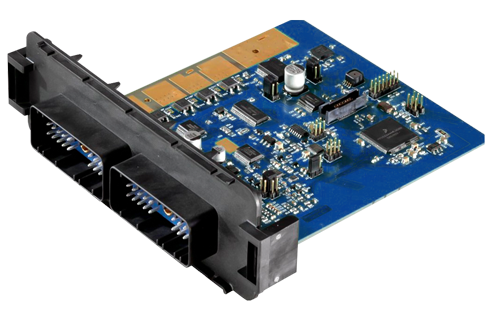CHIPPING
 Chipping refers to replacing or modifying an EPROM chip in the vehicle's electronic control unit (ECU) to achieve better performance, whether it be more power, cleaner emissions or better fuel economy.
Chipping refers to replacing or modifying an EPROM chip in the vehicle's electronic control unit (ECU) to achieve better performance, whether it be more power, cleaner emissions or better fuel economy.
This was done with early engine computers in the 1980s and 1990s. Today, the term chip tuning can be misleading, as people will often use it to describe ECU tuning that does not involve swapping the chip. Modern ECUs can be tuned by simply updating their software in the EEPROM through a standard interface port, such as OBDII. This procedure is commonly referred to as engine or ECU tuning/remapping.
As technology has advanced, so has the electronics that go into cars. The ECU in a modern automobile, together with advanced engine technology, makes it possible to control many aspects of the engine's operation, such as spark timing and fuel injection. The ECU may also control valve timing, boost control (in turbocharged engines), ABS, the automatic transmission, and the electronic stability control system.
A common approach to ECU tuning used by tuners involves adjusting the air-fuel mixture and spark timing maps for greater power, or to smooth out drops in power. While requiring extensive knowledge and expertise, this modification can often result in significant power increases without any additional changes to the vehicle.
In most cases, people are interested in increasing the power output of an engine. Many well tried and tested techniques have been devised to achieve this including air intake and headers, but essentially all operate to increase the rate (and to a lesser extent efficiency) of combustion in a given engine. This is achieved by putting more fuel/air mixture into the engine, using a fuel with higher energy content, burning it more rapidly, and getting rid of the waste products more rapidly - this increases volumetric efficiency thus increasing power.